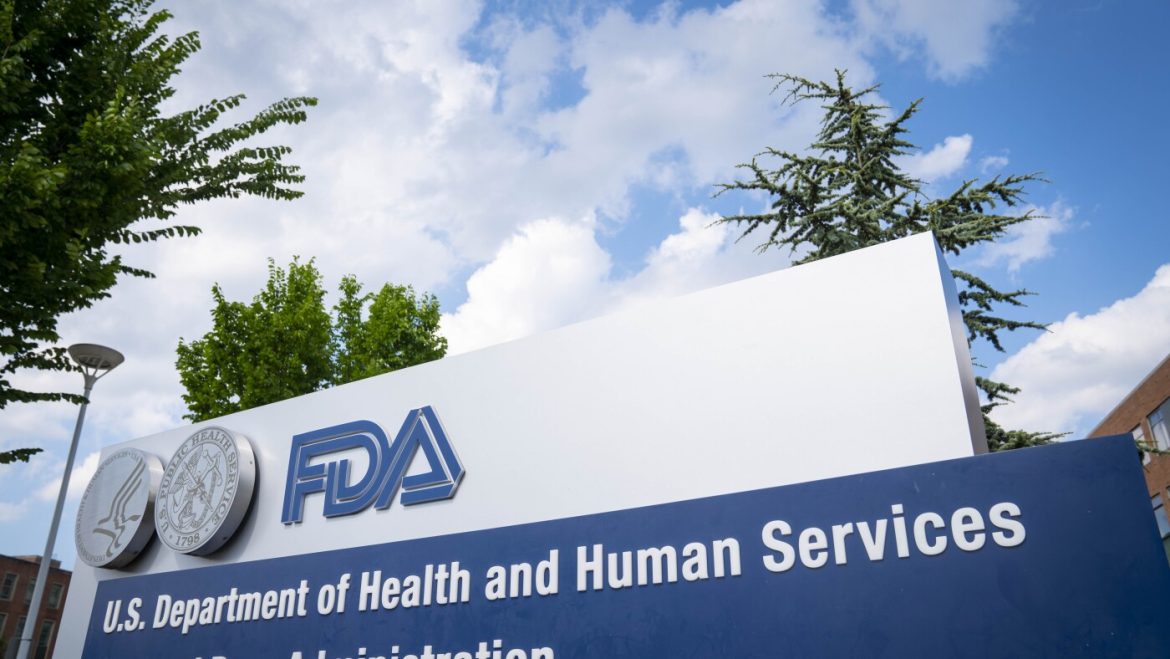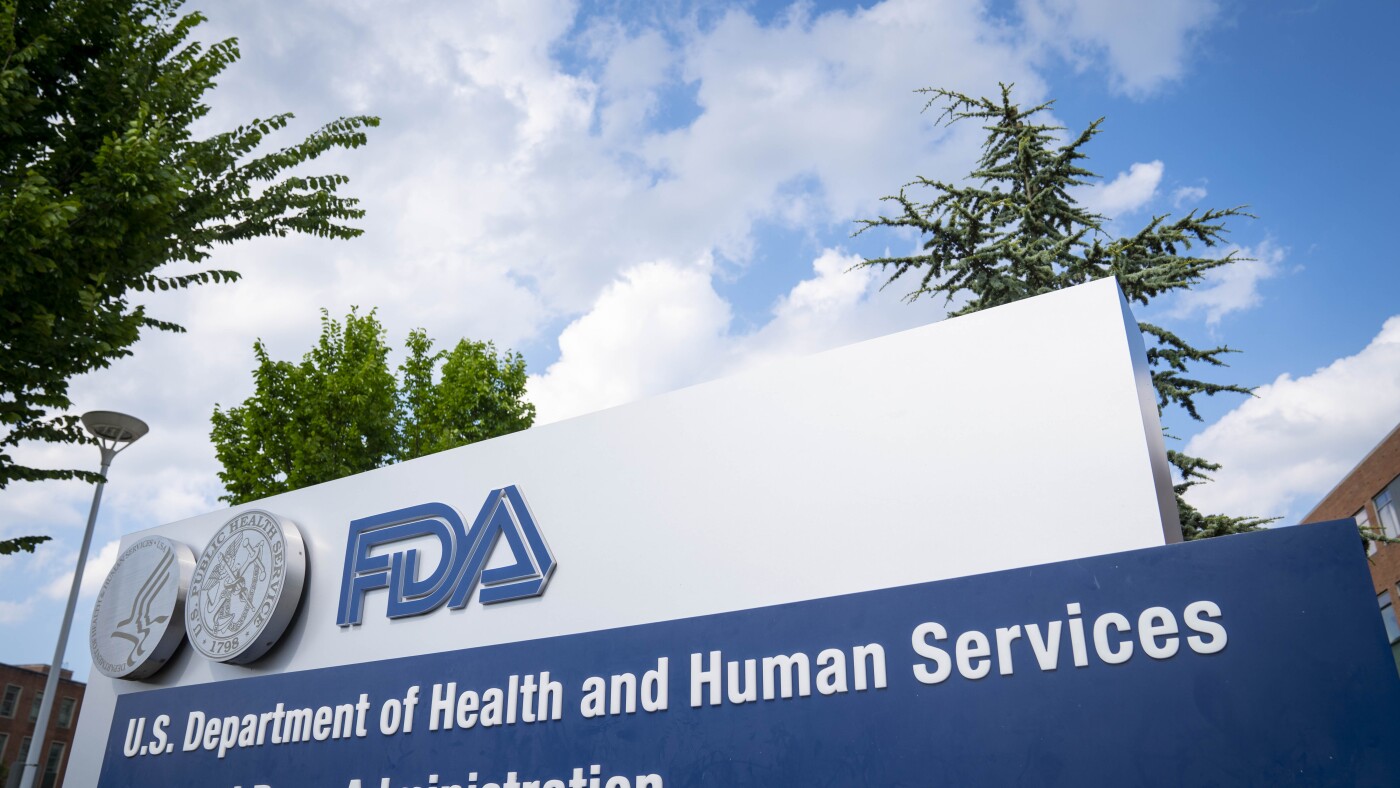The evolving landscape of COVID-19 vaccination is currently marked by significant shifts driven by regulatory changes, scientific reassessments, and strategic realignments by the U.S. Food and Drug Administration (FDA) and its advisory bodies. A convergence of recent developments reveals a more targeted approach to COVID vaccine deployment, characterized by updated vaccine compositions, refined eligibility criteria, and stringent approval requirements. This report synthesizes the most salient aspects of these changes, underscoring their implications for vaccine manufacturers, healthcare providers, and the general public.
Shifting Vaccine Composition: Targeting Dominant Variants
The FDA’s vaccine advisory committee has recommended that COVID-19 vaccine manufacturers update their formulations to better target currently dominant viral variants. Specifically, advisers have advocated for using a monovalent vaccine based on the JN.1 lineage for the 2024-2025 respiratory virus season. This recommendation arises from the need to maintain optimal immune protection amid the virus’s continuous evolution, as earlier strains become less prevalent and newer sublineages gain prominence.
By focusing on a variant closer to the strains currently circulating, this strategy aims to enhance vaccine effectiveness in preventing infection and severe disease. Notably, the advisory committee refrained from endorsing a specific sublineage beyond JN.1, signaling a cautious balance between scientific evidence and practical vaccine development timelines. Alongside the mRNA-based vaccines, the protein-based Novavax vaccine is also under consideration for authorization, with some experts contending it could offer robust immune responses against newer Omicron variants without needing formula changes.
Restricting Vaccine Access: Focus on High-Risk Populations
A major policy pivot announced by the FDA imposes stricter eligibility criteria for COVID-19 vaccine administration, particularly for the upcoming fall vaccination season. The agency plans to narrow vaccine availability predominantly to adults aged 65 and older, alongside individuals identified as high-risk for severe COVID-19 outcomes.
This shift reflects an evolving risk-benefit calculus: while younger, healthy adults and children historically were recommended to receive routine shots, emerging data and vaccine safety assessments prompt a more selective approach. FDA officials emphasize the need for further clinical trial data demonstrating safety and efficacy before extending broad vaccine access to younger, healthy populations. This regulatory tightening effectively limits routine annual boosters for these groups, potentially reducing vaccine uptake among lower-risk demographics.
Enhanced Regulatory Framework: Clinical Trials and Evidence Demands
The FDA has instituted more demanding regulatory standards for the approval of COVID-19 vaccines, particularly impacting healthy adults and pediatric populations. New requirements specify that vaccine manufacturers must conduct randomized, controlled clinical trials to provide contemporary evidence of safety and effectiveness for any updated vaccine formulation. This approach extends to annual booster approvals, where prior expedited authorizations are being replaced by a more conventional, evidence-intensive approval pathway.
The rationale behind introducing rigorous clinical testing revolves around ensuring vaccine benefit outweighs risks in populations where COVID-19 may pose lower morbidity and mortality. This standard contrasts with earlier pandemic emergency authorizations that prioritized rapid vaccine deployment. Although such trials may delay vaccine availability and increase development costs, they bolster confidence in vaccine safety for populations where the risk-benefit margin demands careful validation.
Implications for Public Health and Vaccine Strategy
These FDA-imposed changes foster a focused vaccination strategy tailored to maximize public health impact by concentrating limited healthcare resources on populations most vulnerable to severe COVID-19 complications. High-risk groups, including older adults and individuals with qualifying medical conditions, remain prioritized for booster shots designed against contemporary viral variants. By contrast, the de-emphasis on routine vaccination of younger, healthier demographics may reflect changing epidemiological patterns, widespread prior immunity, and shifting risk assessments.
However, this measured approach introduces complexities including potential public confusion about eligibility and vaccine recommendations, as well as challenges for vaccine manufacturers who must navigate more stringent trial requirements. Health authorities like the CDC and their Advisory Committee on Immunization Practices (ACIP) are expected to align recommendations accordingly, providing updated public guidance as new data emerges.
Balancing Scientific Rigor and Rapid Response
The FDA’s renewed focus on clinical trial validation and variant-specific vaccines represents both a scientific refinement and a regulatory recalibration. It acknowledges the ongoing mutation-driven challenges posed by SARS-CoV-2 while attempting to safeguard vaccine safety standards. Yet, the tightened approval framework risks slowing the pace at which vaccines reach the broader population, especially healthy younger adults and children.
In this context, vaccine manufacturers face pressure to innovate within tighter timelines, optimize trial designs, and ensure the relevance of target variants in formulations. Meanwhile, health systems must prepare to communicate the nuanced eligibility criteria effectively, mitigating public hesitancy and misinformation that could arise from perceived limitations or changing guidance.
Conclusion: Navigating the Next Chapter of COVID Vaccination
As the COVID-19 pandemic transitions into its endemic phase, the FDA’s vaccine advisory committee’s recommendations and regulatory reforms signify an important strategic pivot. By recommending vaccine updates targeting closer viral variants, restricting shots to high-risk groups, and requiring more rigorous evidence for approval, the agency is redefining how COVID-19 vaccination fits into a broader, long-term public health framework.
These changes strive to optimize protection where it is most needed while maintaining safety through enhanced oversight. However, the evolving regulatory landscape demands careful coordination among manufacturers, healthcare providers, policymakers, and the public to sustain vaccine confidence and achieve effective immunization coverage. This critical juncture sets the stage for a more tailored, scientifically grounded approach to controlling COVID-19 in the years ahead.


